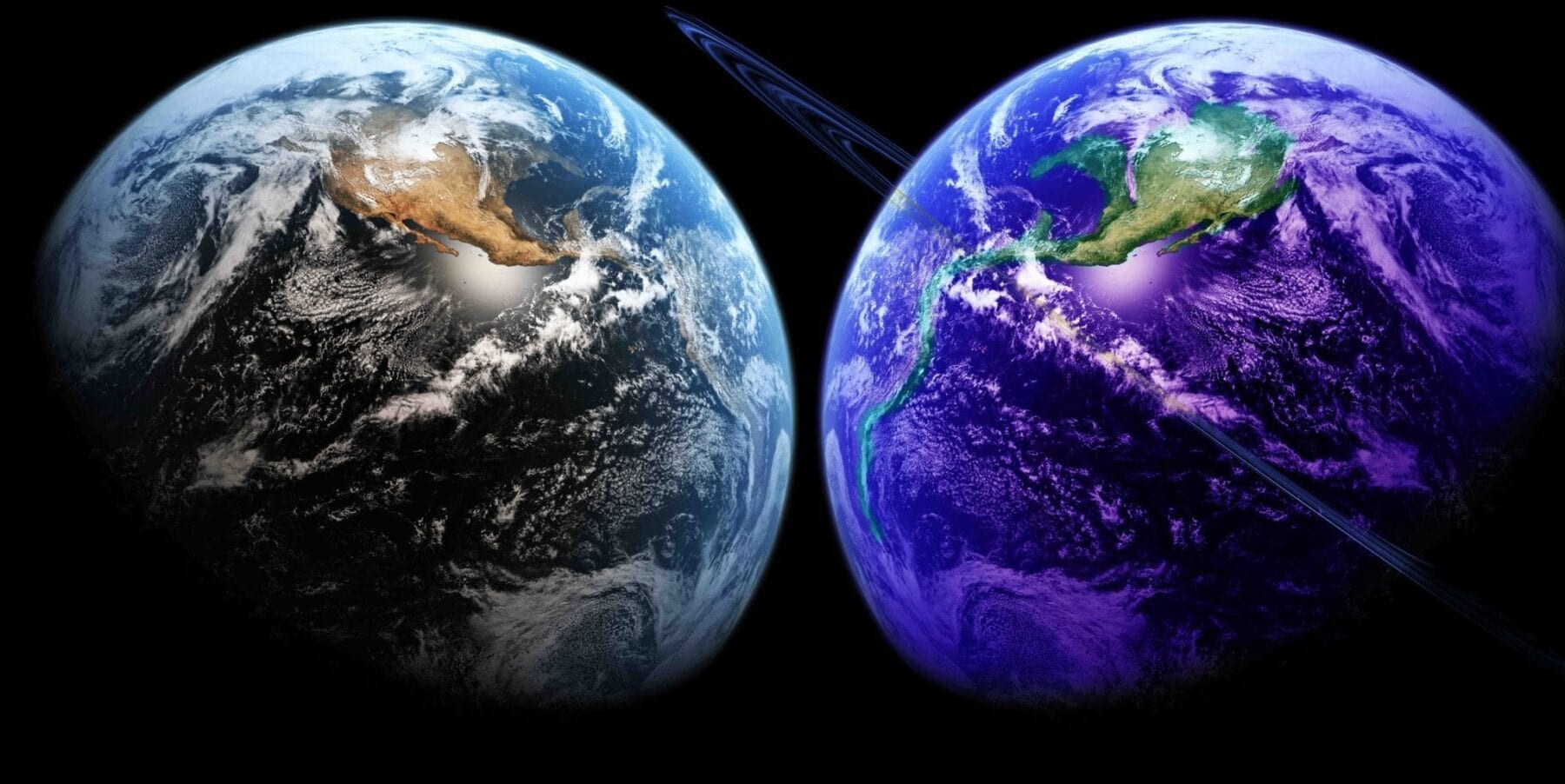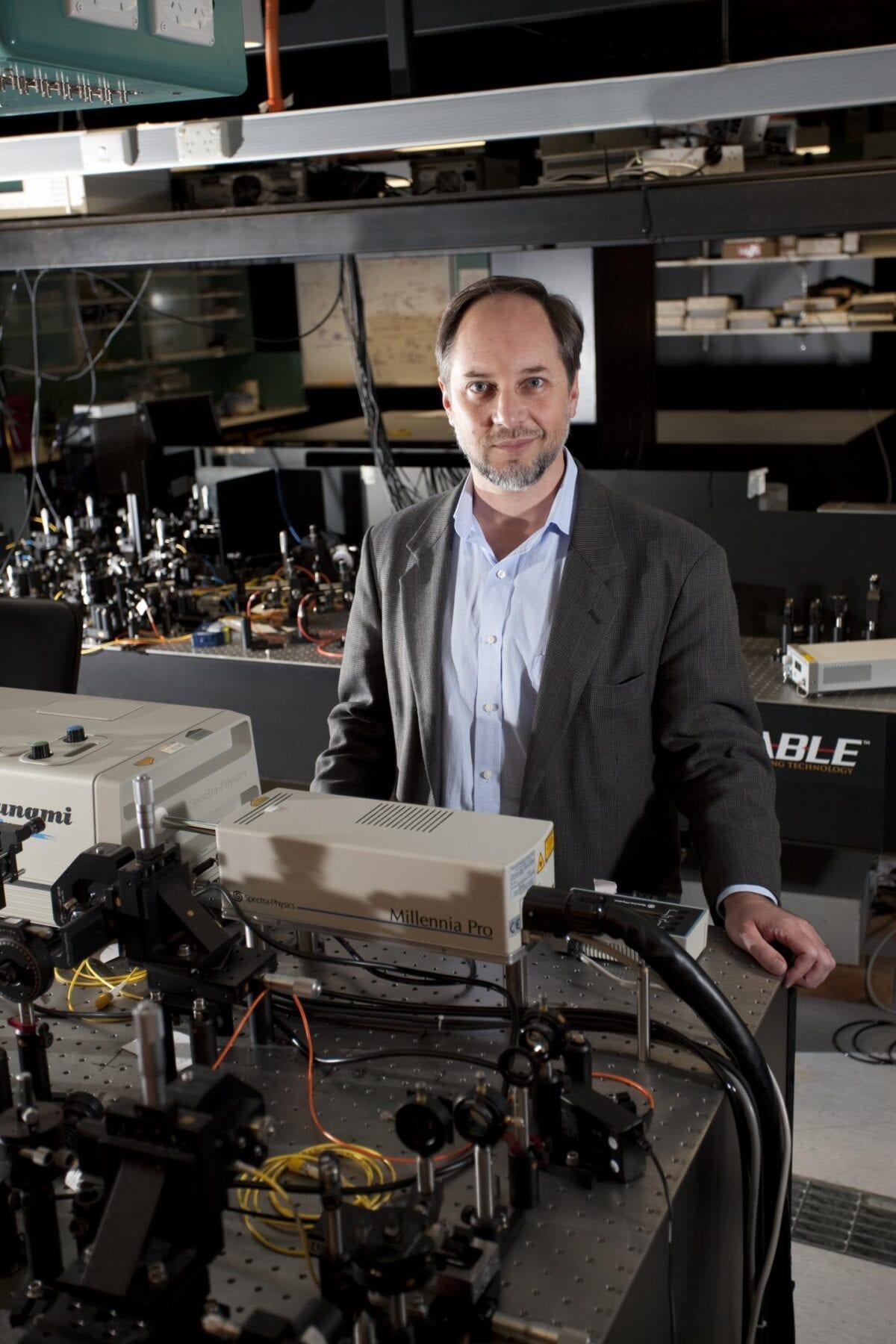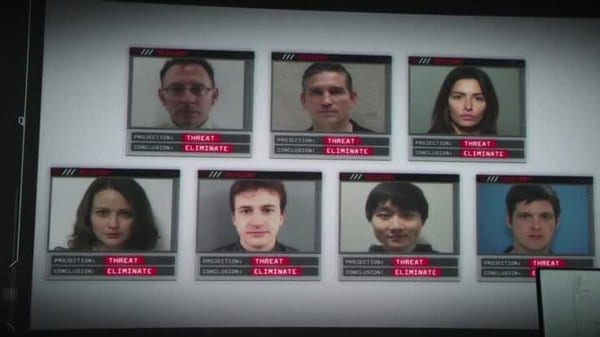
A Texas Tech University chemical physicist has developed a new theory of quantum mechanics that presumes not only that parallel worlds exist, but also that their mutual interaction is what gives rise to all quantum effects observed in nature.
The theory, first published by Professor Bill Poirier four years ago, has recently attracted attention from the foundational physics community, leading to an invited Commentary in a top-ranking physics journal, Physical Review X.
According to Poirier’s theory, quantum reality is not wave-like at all, but is comprised of multiple, classical-like worlds. In each of these worlds, every object has very definite physical attributes, such as position and momentum. Within a given world, objects interact with each other classically. All quantum effects, on the other hand, manifest as interactions between “nearby” parallel worlds.
The idea of many worlds is not new. In 1957, Hugh Everett III published what is now called the “Many Worlds” interpretation of quantum mechanics. “But in Everett’s theory, the worlds are not well defined,” according to Poirier, “because the underlying mathematics is that of the standard wave-based quantum theory.”
In contrast, in Poirier’s “Many Interacting Worlds” theory, the worlds are built into the mathematics right from the start.
Does this prove anything definitive about the nature of reality? “Not yet,” says Poirier. “Experimental observations are the ultimate test of any theory. So far, Many Interacting Worlds makes the same predictions as standard quantum theory, so all we can say for sure at present is that it might be correct.”
Poirier first arrived at the idea unexpectedly, in the pursuit of a much more practical goal. “I didn’t just sit down one day and say ‘gosh, let’s invent a crazy new quantum interpretation with interacting parallel worlds.’ I was trying to develop an efficient computational method using something called quantum trajectories, when it suddenly hit me how you could get everything from the trajectories (i.e. the worlds) themselves, without actually needing any wave.”
Poirier published both the new mathematics and the new interpretation in a 2010 Chemical Physics paper, leading to a collaboration with mathematician Jeremy Schiff at Bar-Ilan University. This in turn led to a 2012 publication in the Journal of Chemical Physics which—with over 20,000 downloads—is one of the most downloaded papers in that journal’s history. More recently, this work has garnered the attention of the broader community. “We are very pleased that other physicists and even philosophers are now getting involved,” says Poirier.
The Latest on: Parallel Worlds
[google_news title=”” keyword=”Parallel Worlds” num_posts=”10″ blurb_length=”0″ show_thumb=”left”]
via Google News
The Latest on: Parallel Worlds
- World Economic Forum leader sees some movement in Gaza hostage talkson April 27, 2024 at 8:52 am
The president of the World Economic Forum (WEF) on Saturday reported some movement in the arduous Middle East negotiations over releasing the hostages kidnapped from Israel on October 7 by the ...
- Aespa World Tour 2024: Dates and Cities of K-Pop Concerts Revealedon April 26, 2024 at 8:07 am
SM Entertainment’s girl group Aespa has announced their 2024 world tour details, including dates and cities. The group will release their comeback album on May 27 and embark on their 2024 SYNK: ...
- In May, All Eyes (and Wallets) in the Art World Turn to New Yorkon April 25, 2024 at 3:01 am
Other cities have game, but springtime in the Big Apple brings a concentration of fairs, auctions and shows without parallel. By Ted Loos Sometimes it seems as though the collectors, dealers, curators ...
- How Dark Matter Aims to Ground High-Concept Sci-Fi With Real-World Emotionson April 24, 2024 at 12:45 pm
If you’ve read Blake Crouch’s 2016 novel Dark Matter—and a lot of people have, considering it’s a best-seller—you’re probably wondering how the upcoming Apple TV+ adaptation will handle the ...
- Internet decodes Imtiaz Ali's obsession with parallel worlds in his movies and it’s too accurate to not noticeon April 23, 2024 at 8:43 am
Imtiaz Ali is more than just a filmmaker; he is a master storyteller. His work has left a lasting impact on our hearts with some of the most memorable films. A recent observation by an internet user ...
- Geberit brings Parallel World to Clerkenwell Design Weekon April 23, 2024 at 7:31 am
Visitors to this year’s Clerkenwell Design Week (21 - 23 May) can step into a parallel world and discover the benefits of cleaning with water, thanks to Geberit ...
- Exclusive: Oh My Pod U Guys- Parallel Paths with David Korinson April 21, 2024 at 9:23 am
He talks about how collaborative the world of design can be, and how much pressure there is to make shows as successful as possible. We talk about his road to design, and how his upbringing brought ...
- Yulo strikes gold in parallel bars at gymnastics worldson April 21, 2024 at 3:19 am
MANILA, Philippines -- Filipino Olympic gymnast Carlos Yulo bagged the gold medal in the parallel bars event of the 2024 FIG Artistic Gymnastics Apparatus World Cup Saturday evening in Doha.
- Yulo dominates parallel bars in Qatar World Cupon April 21, 2024 at 2:40 am
IF there are any more doubts over his form after training without a coach for almost a year now, Filipino world champion gymnast Carlos Yulo quashed it with impunity yesterday. It came with a golden ...
- Yulo strikes gold in parallel bars at gymnastics worldson April 20, 2024 at 7:19 pm
Filipino Olympic gymnast Carlos Yulo bagged the gold medal in the parallel bars event of the 2024 FIG Artistic Gymnastics Apparatus World Cup Saturday evening in Doha.
via Bing News











